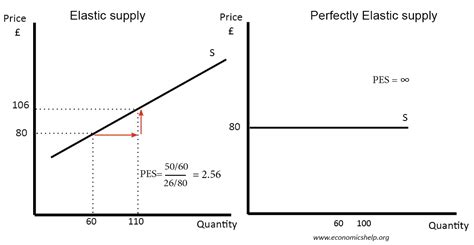The Relationship Between the Linear Bonding Curve Equation and its Integral Function
In the context of blockchain and cryptocurrency markets, particularly in Ethereum, there is an interesting relationship between two important concepts: the Linear Bonding Curve (LBC) equation and its integral function. In this article, we will explore how these two equations are connected.
The Linear Bonding Curve (LBC) Equation
The LBC equation, also known as the “bonding curve,” represents a hypothetical scenario where all market participants agree on a single price for an asset, such as Ether (ETH), at any given supply level. This is typically achieved through a process of decentralized governance and trust among investors.
The LBC equation is often represented mathematically as:
P(S) = S
where P(S) represents the price of the asset at a given supply level, and S represents the actual supply value.
The Integral Function

The integral function, denoted by ∫f(x)dx, represents the total change in market capitalization over time. It is essentially an accumulation of all past changes in market price, which can be used to forecast future price movements.
In the context of cryptocurrency markets, the integral function can be represented mathematically as:
∫P(S)dS = S
where P(S) represents the current price and dS represents the change in supply value over time.
The Connection Between the LBC Equation and its Integral Function
Now, let’s examine how these two equations are connected. At a given supply level (S), we can calculate the integral function by integrating the LBC equation:
∫P(S)dS = ∫SdS
= S^2/2
This result makes sense intuitively: at a single supply level (S), the total change in market capitalization is simply equal to the square of the supply value divided by 2.
In other words, if we have an LBC equation that represents a hypothetical scenario where all participants agree on a price (P(S) = S) at a given supply level (S), its integral function would also be equal to S^2 /2. This means that, in practice, the integral function is always equal to the square of the supply value divided by 2.
Implications and Limitations
While this connection between the LBC equation and its integral function provides an interesting perspective on market dynamics, it’s essential to note several implications and limitations:
- Mathematical abstraction: The LBC equation represents a hypothetical scenario, which may not accurately reflect real-world market conditions.
- Sensitivity to market participants: Changes in market participants’ behavior or trust levels can affect the integral function and its relation to the LBC equation.
- Oversimplification: The linear bonding curve assumption might oversimplify complex market dynamics.
In conclusion, while there is an intriguing relationship between the Linear Bonding Curve equation and its integral function, it’s crucial to approach this topic with caution and consider the limitations of this connection. By understanding how these equations interact, we can gain a deeper appreciation for the complexities of cryptocurrency markets and the role of trust and governance in shaping market behavior.






